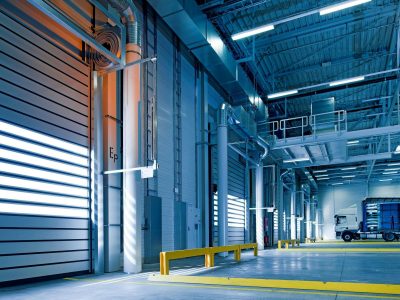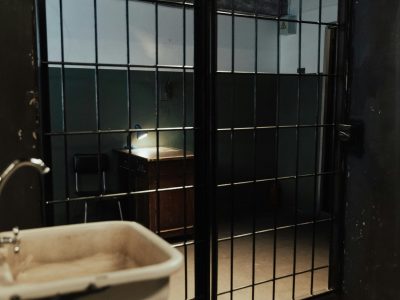LiDAR for Security & Monitoring
LiDAR brings unique advantages to security and monitoring applications. Unlike cameras, LiDAR sensors actively emit light pulses and measure reflection, giving them the ability to reliably detect 3D structure, depth, and motion—even in total darkness or challenging lighting conditions. LiDAR preserves privacy because it collects point-cloud data rather than images of faces, reducing liability concerns about personal identification. Because LiDAR can classify and track objects in 3D space, it enables advanced detection of intrusion, motion, and anomalous behavior with fewer false positives than traditional systems.
Applications
Crowd Analytics & Flow Monitoring
Track pedestrian movements, density, queue formation, dwell times, and circulation patterns in venues, transit hubs, retail centers, and public spaces.
Perimeter & Intrusion Detection
Guarding boundaries, fences, roofs, critical assets, and zones in facilities.
Industrial Security & Asset Protection
Monitor plants, substations, warehouses, plant exteriors, and restricted zones.
Retail & Store Security
Detect after-hours intrusion or motion in zones that should be vacant.
Correctional Facilities / Jails / Prisons
Monitor yard movement, fence lines, no-go zones, and potential escapes.
Infrastructure & Critical Sites
Power substations, data centers, airports, and utilities where unauthorized access or vandalism is a concern.
Use Cases

Retail Stores /
Malls
Use LiDAR to monitor crowd build-up at entry points, detect loitering, track paths through store layouts, and alert on anomalous behavior after hours.

Industrial Facilities / Warehouses
Scan perimeters or interior zones for motion in restricted areas, detect unauthorized personnel, and automate alerts without relying purely on cameras.

Jails /
Prisons
Extend surveillance coverage to yard perimeters and fence lines, triggering alerts when movement is detected in sensitive zones.

Stadiums / Public Venues
Monitor crowd surges, bottlenecks, and emergency evacuation paths in real time for safety and threat prevention.
Advantages of LiDAR over Cameras in Security Applications
- Works in all lighting conditions — LiDAR is unaffected by ambient lighting, glare, or shadows, so it functions at night and in low light.
- Depth & 3D awareness — LiDAR offers spatial awareness and height detection, enabling recognition of groups, objects over time, and vertical motion (e.g. climbing fences).
- Privacy-preserving — Because only point clouds are recorded, LiDAR doesn’t capture faces or identifying imagery, helping meet privacy / compliance needs (GDPR, CCPA).
- Lower false positives — LiDAR can filter movement by velocity, size, trajectory, and shape to reduce alarms triggered by trees, shadows, small animals, or other nuisances.
- Robust in adverse conditions — Better performance under fog, rain, and dust than many camera-only systems, when appropriately selected/specified.
Challenges & Considerations
Sensor placement & line-of-sight
LiDAR requires strategic mounting to avoid occlusions and ensure coverage of targeted zones.
Cost vs coverage tradeoff
To cover large areas, you may need multiple LiDAR units, increasing cost.
Environmental interference
Very heavy rain, fog, or dust may degrade performance unless mitigated by design (filters, power, frequency).
Calibration & alignment
For zone-based security systems, precise calibration is key to reducing false triggers.
Integration complexity
Combining LiDAR data with existing security systems (alarms, VMS) requires compatible interfaces or middleware.
How LiDAR Is Impacting The Security Industry
Security systems today increasingly need smart detection—not just cameras looking for motion. LiDAR enables proactive threat detection, accurate zone monitoring, and reliable alerts even in darkness and harsh environments. Because it doesn’t rely on image capture, LiDAR-based security helps reduce privacy risks while giving facility owners real-time spatial awareness of who or what is moving in their zones.